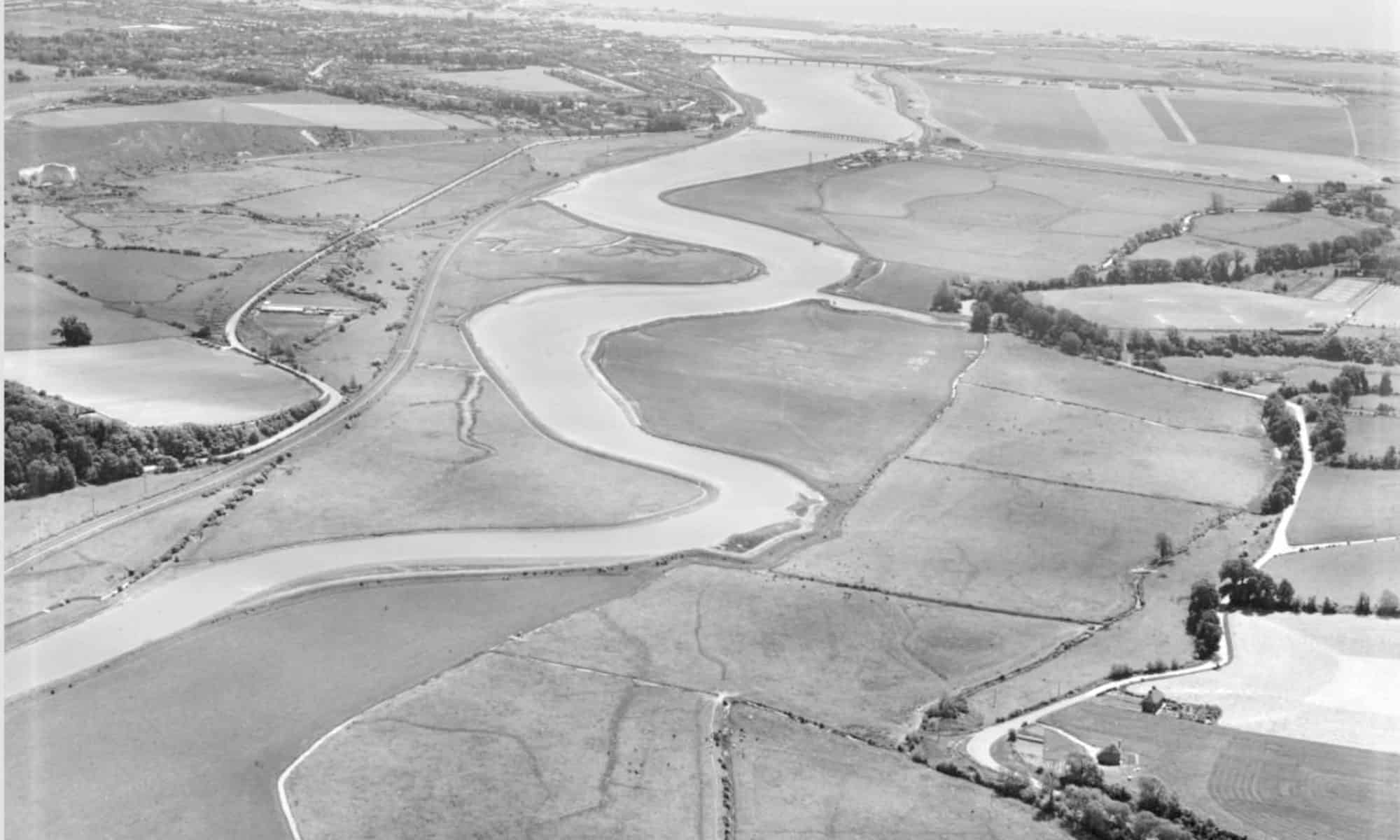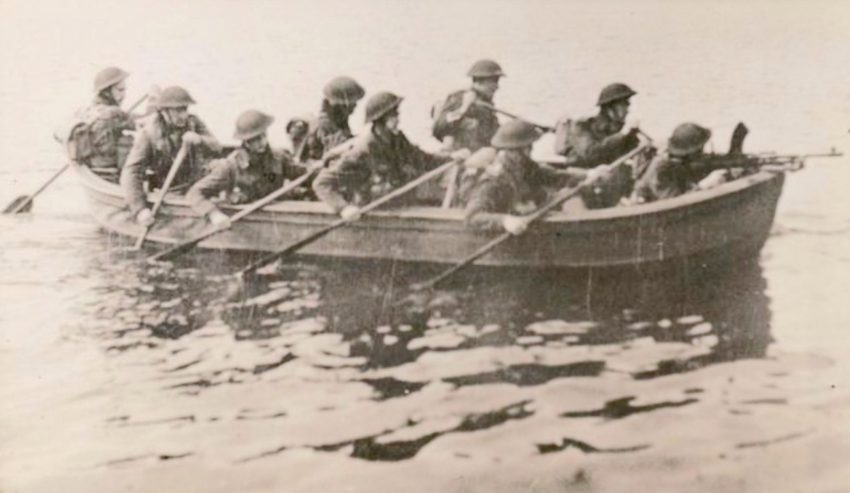1942: 7 Canadian Soldiers die in accident on the river
The West Nova Scotia Regiment had been carrying out defensive and security duties at various places in the southeast of England before arriving at Worthing on the 22ndNovember 1941 from their previous posting at Newhaven. Here they took over responsibility for the area including Shoreham Airport from the Royal Welsh Fusiliers. The official strength of the Regiment at the time was 36 officers and 840 other ranks.
In the Shoreham area some billeting was arranged for the Canadians in local residents homes but others were also thought to have been housed at the Grammar School in Pond Road (the pupils had been evacuated) and more under canvas in the school’s playing fields, now the Greenacres housing estate, where a searchlight, anti aircraft gun and heavy machine gun emplacements were installed
Besides their day-to-day duties the men, like all soldiers from whatever regiment or country at the time, received ongoing training, route marches and exercises. The latter were necessarily made as realistic as possible to harden the men in readiness for what was anticipated to be an eventual return to the continent and renewed face-to-face conflict with the enemy.
One such exercise was arranged on the 6thof January 1942 for men from a section of No. 12 Platoon, ‘B’ Company. This account reconstructs the events of that day from official records and from local knowledge of the area and the river.
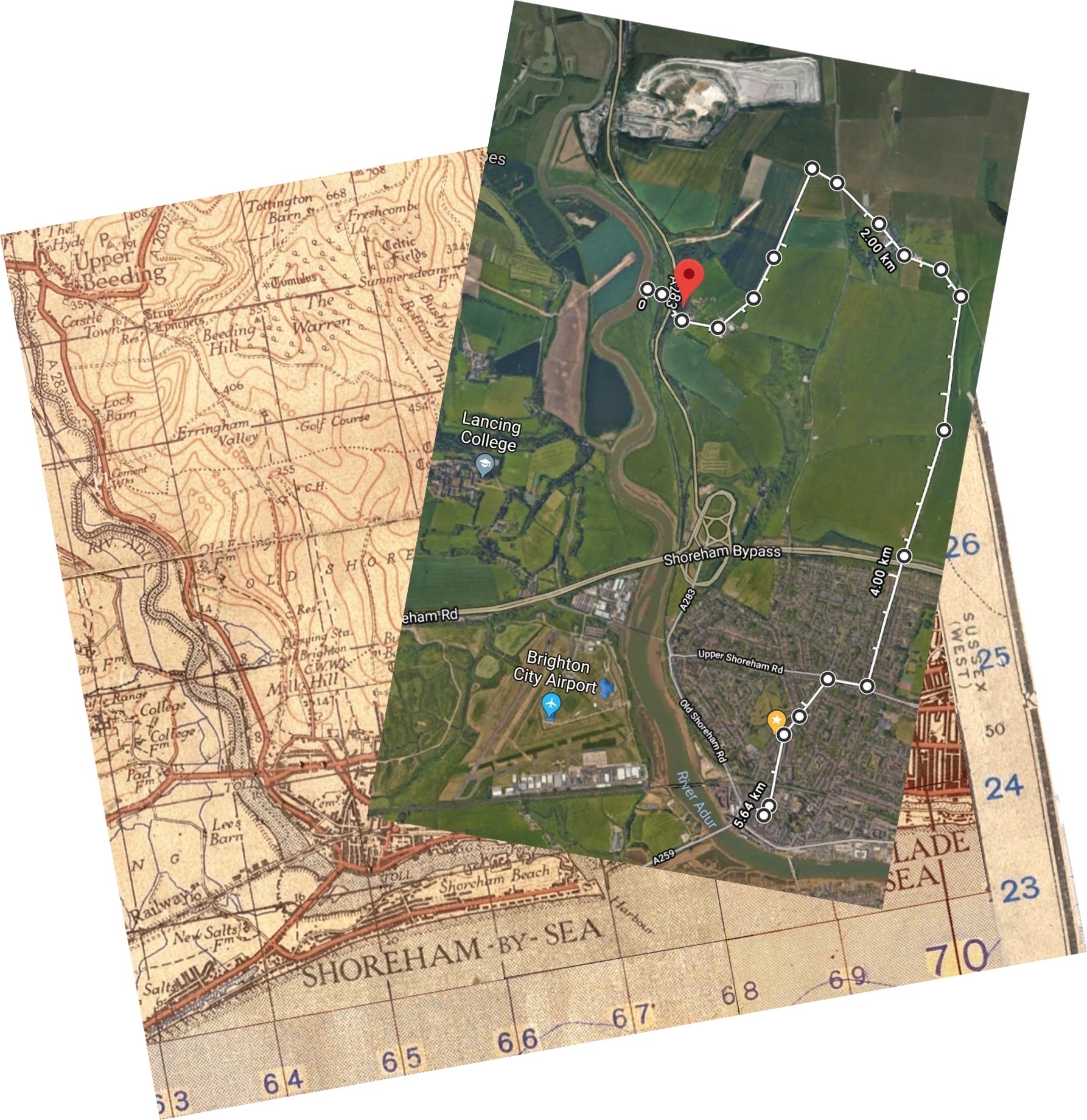
A rendezvous reference point (RV) of 639269 on the military grid of the time (1) was established, east of the River Adur next to the Steyning Road, opposite the junction to Old Erringham Farm. That road is a flat, direct route to the RV, much less than the three and a half miles stated to be the total distance of the march in the official report and too easy to have tested the marchers. The more likely route would have been a stiff climb up Mill Hill north of Shoreham then across the spine of the Downs before dropping down to Old Erringham Farm and the rendezvous point.
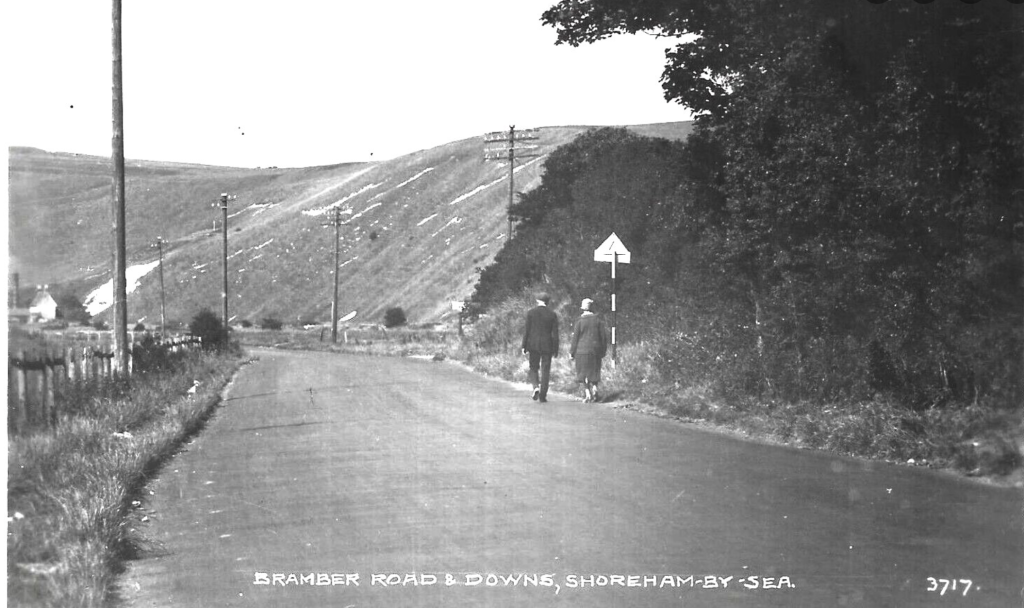
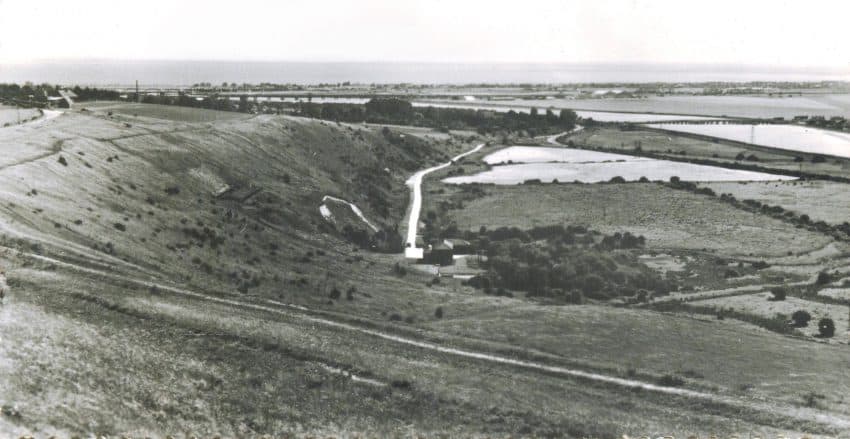
As part of the battle drill training another section under Lieut. A.J.W. Dyer made up the opposing force and set out either on the Coombes Road on the west side of the river or, acting out as realistic a part in the exercise, under cover of the high river bank before setting up their mock ambush positions behind the bank opposite.
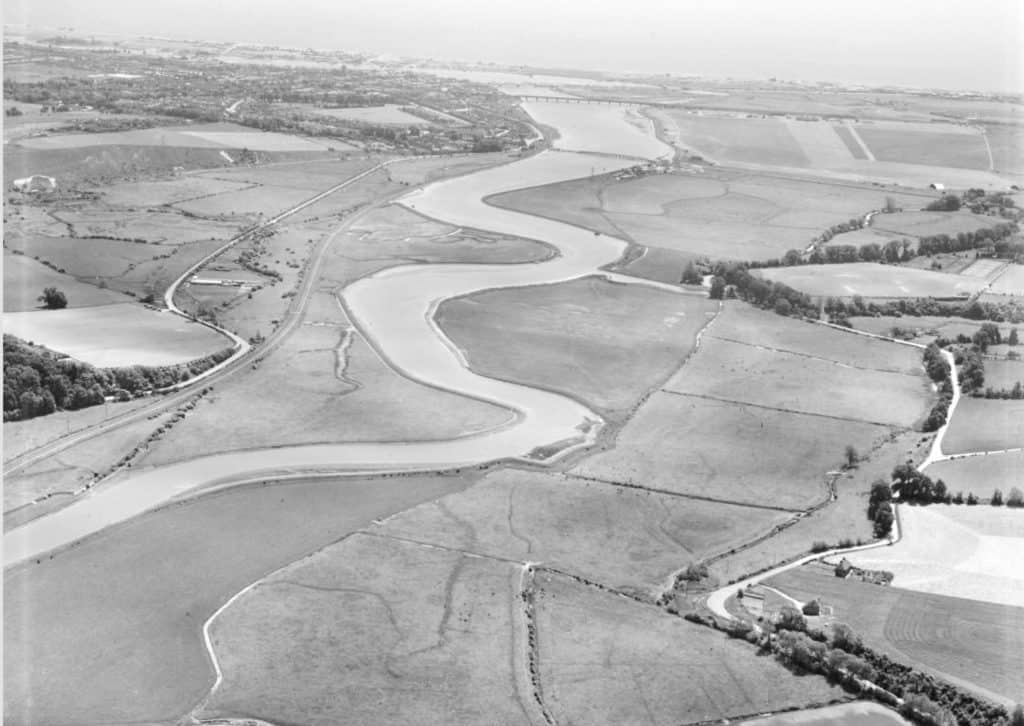
The marching group could have set out from the playing field base or from the airport – the overall distances are similar. They had just completed the three-and-a-half mile march when they arrived at the east side of the river at about 1pm, erected a collapsible Goatley assault boat and a rubber (inflatable?) reconnaissance boat from a waiting lorry. The recce boat manned by two soldiers was launched and successfully crossed the 120 feet or so to the west bank. The assault boat carrying nine men with two of them paddling then pushed off from the east bank. This was not the first time the men had undertaken this task.
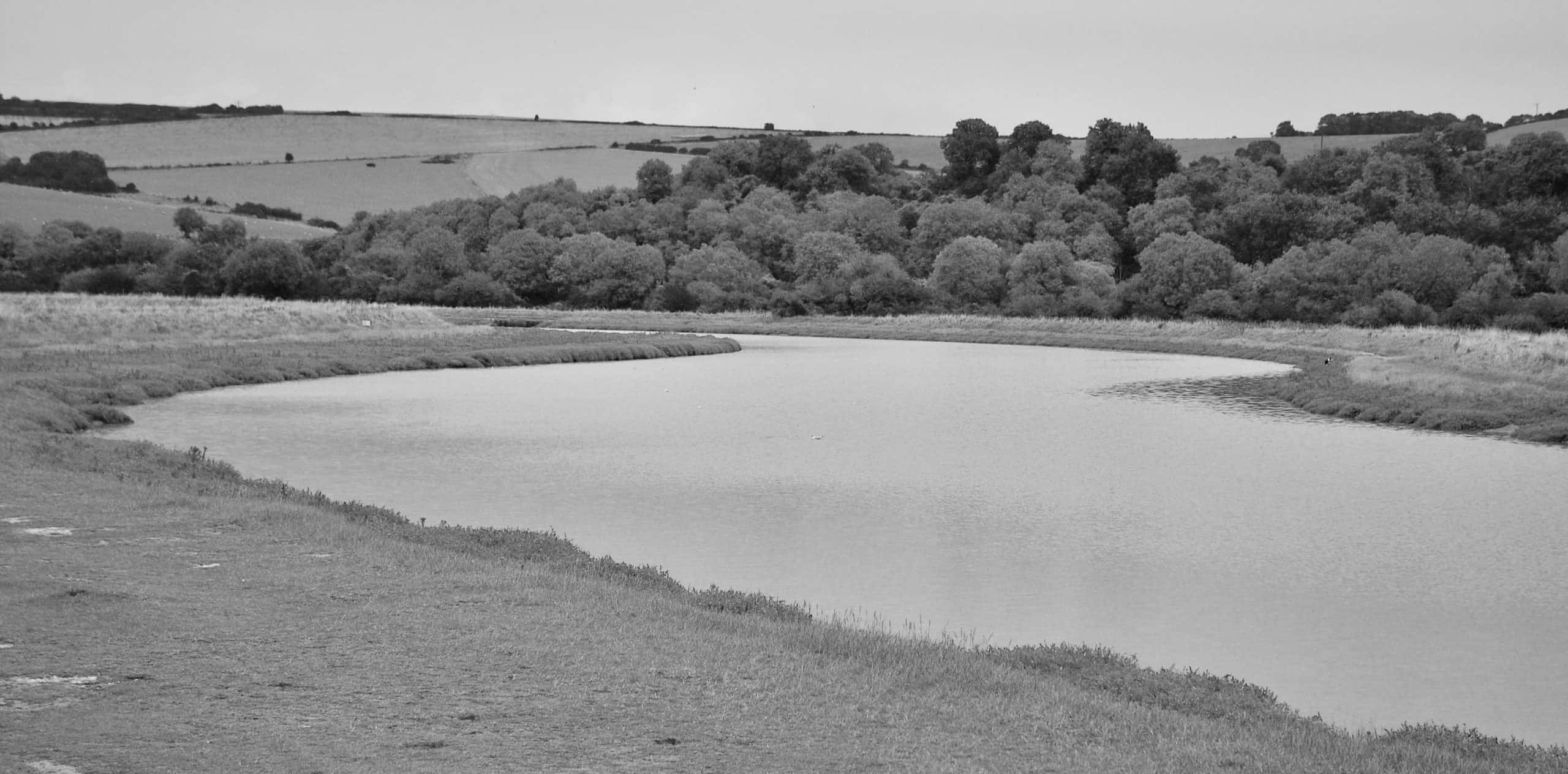

Point A shows signs of wear across the railway track indicating a possible pedestrian crossing. At point B there is an earth bridge across the ditch giving access to the riverbank. Red dots represent the ambush party hidden behind the western bank.
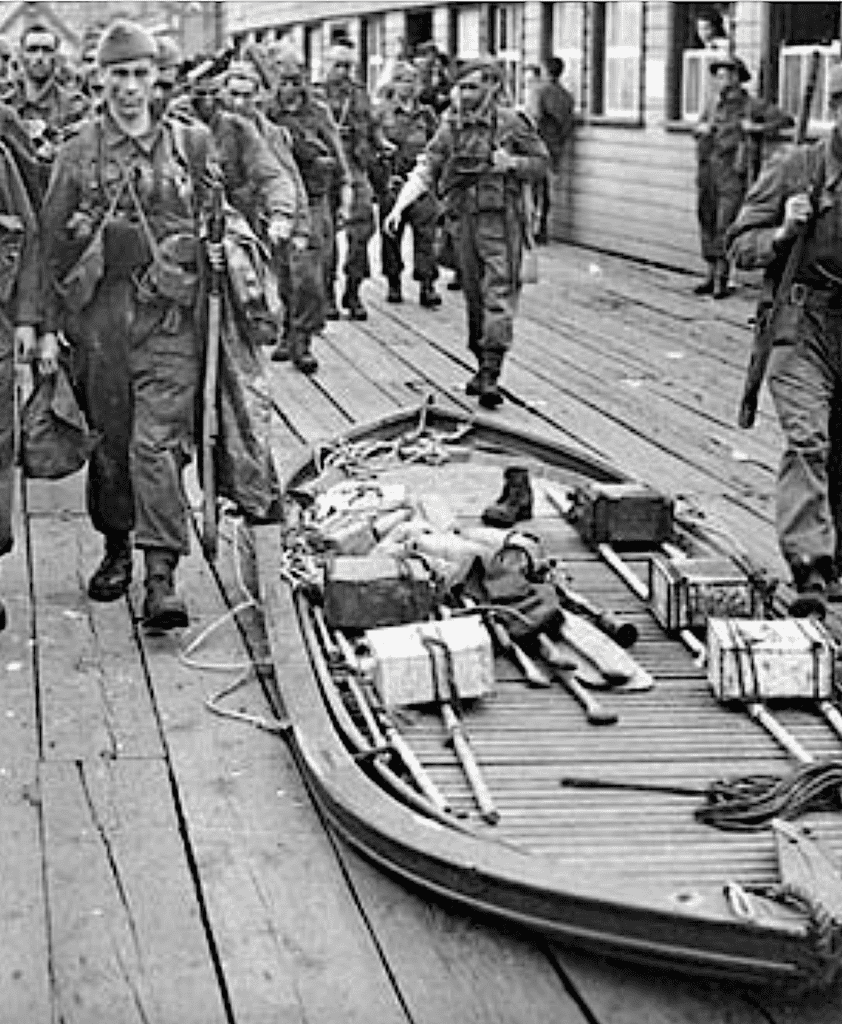
Conditions at the time were described as ‘a bitterly cold day, the tide was rising and the current was swift and treacherous’. The river has been highly banked over the centuries to prevent the flooding of surrounding fields. The Adur has a large natural tidal drop that coupled with the high, steep banks accelerate an already strong tidal flow.
When the assault boat was a third of the way across an officer of the opposing force on the west bank threw a thunder flash, which landed, to the left of the boat. Due to the speed of the (incoming) current, it rapidly drew closer and when it exploded, the men on the left side reacted instinctively by moving their bodies to the right which tilted the boat then the movement back to the left allowed some water to get in. A couple of men on the left near the stern stood up – the boat quickly sank up to the gunwales then capsized throwing the men in full combat gear into the water – it happened in seconds.
Five men were clinging to the inverted boat. Cpl Marshall, Pte Farnsworth and Pte MacDonald were hanging on to the down current side with Pte Gaudet and Lt Smeltzer on the opposite side. The swift current swept four of the five men away from the boat leaving Smeltzer who was unable to push the boat in the direction the others were going. Marshall was floating face down when Private Foster reached him in the recce boat but the others had disappeared. Marshall was revived on the west bank but never fully recovered.
When the boat capsized and the men fell in Pte Jaquest and Pte Melanson never resurfaced. Pte Vingar and L/Cpl McLean were between the boat & the west bank. McLean soon disappeared but Vingar made his way to the west bank by swimming on his back.
Men from both banks dove in to help. Pte Foster, although unable to swim, immediately launched the reconnaissance boat, and despite being in constant danger of being overturned he was successful in aiding four of the drowning men to reach the shore. Pte Smith despite the dangerous undertow dived from the riverbank and succeeded in supporting one man who had become exhausted in attempts at rescue.
The water temperature and current were such that more would-be rescuers got into difficulties and were rescued than boat occupants. It happened so quickly; perhaps even if there were other boats (none though are mentioned) it was over before they could be launched.
Of the nine in the boat only Lieutenant J.W.K. Smeltzer and Private Alexander Vingar survived. McLean, Farnsworth, Gaudet, Jaquest, Macdonald and Melanson all drowned and Marshall died a little over a month later from health complications suffered in the accident.
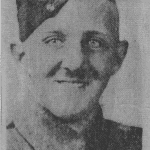
Howard Thomas Farnsworth
Rank: Private. Service Number: F/40335
Date of Birth: Dec 23,
1910 Mt. Pleasant, Digby Co. NS
Enlistment: March 27, 1940 Aldershot, NS
Trade: Laborer
Marital Status: Married
Next of Kin: Mrs. Mary Eliza Farnsworth, Digby NS
Son of Thomas (Deceased at the time of his enlistment) and Orlinda Farnsworth of Marshalltown, Digby Co., NS; survived by 7 children.
Age at Death: 31.
Grave: Plot 37, Row C, Grave No. 1 Brookwood
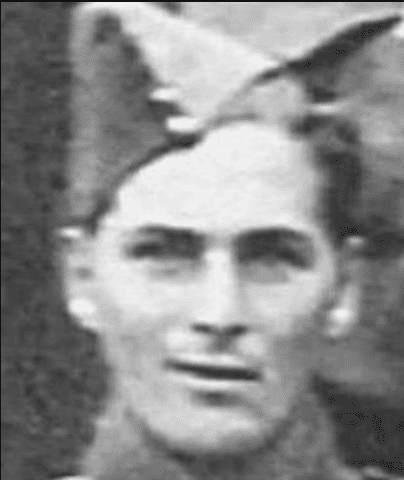
Joseph Elise Gaudet
Rank: Officer Cadet Service Number: F/41665
Date of Birth: Jan 7, 1921
Concession, Digby Co., NS
Enlistment: October 31, 1939 Yarmouth, NS
Trade: Labourer
Marital Status: Single
Next of Kin: Son of Adolphe and Lena Gaudet of Belliveau’s Cove, Digby Co., NS
Age at Death: 20
Grave: Plot 36, Row C, Grave No. 10 Brookwood
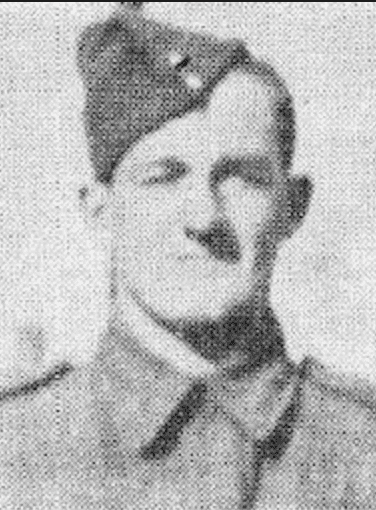
Edward Charles Melanson
Rank: Private. Service Number: F/41660
Date of Birth:September 19, 1919
Ashmore, Digby County, NS
Enlistment: October 31, 1939 Yarmouth, NS
Trade: Laborer
Marital Status: Single
Next of Kin: Mrs. Beatrice Dugas Melanson (mother), Weymouth North NS
Age at Death: 22
Grave Reference: Plot No. 36, Row C, Grave No. 8 Brookwood
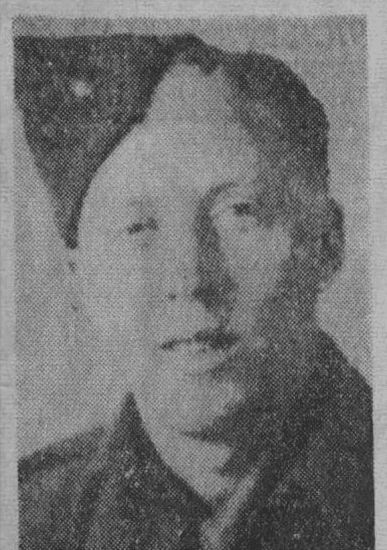
William John McLean
Rank:Lance Corporal. Service Number: F/44874
Date of Birth:May 9, 1920
New Glasgow, NS
Enlistment: September 29, 1939 New Glasgow, NS
Trade: Laborer
Marital Status: Single
Next of Kin: Margaret McLean (mother)
Age at Death: 22
Grave Reference: Plot No. 36, Row C, Grave No. 9 Brookwood
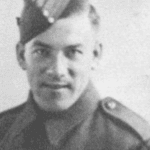
Robert Harold MacDonald
Rank: Private. Service Number: F/29957
Date of Birth: Dec 13, 1914
Halifax, NS
Enlistment: February 29, 1940 Halifax, NS
Trade: Laborer
Marital Status: Single
Next of Kin: Robert D. & Mary MacDonald, West Hants Co., NS
Age at Death: 27
Grave: Plot 37, Row C, Grave No. 3. Brookwood
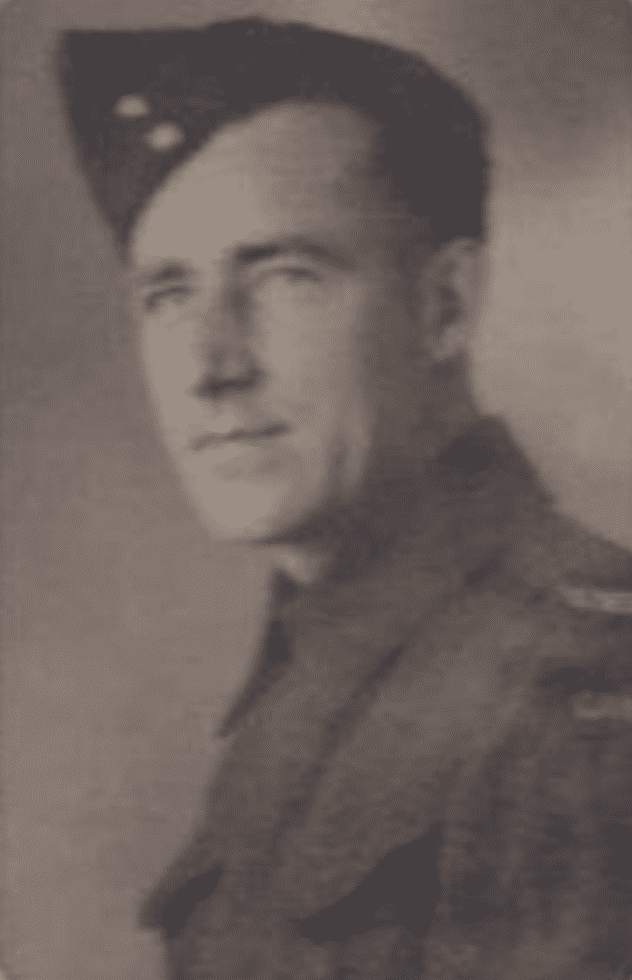
Arthur Stuart Jaquest
Rank:Private. Service Number: F/39912
Date of Birth: Nov 28, 1908
Nettleton Rd, New Cross, London
Enlistment: November 23, 1939 Bridgewater, NS
Trade: Laborer
Marital Status: Single
Next of Kin: Mary Elizabeth (Alice) Farrer (Mother), 7 Cardiff Rd, Luton, Bedfordshire
Age at Death: 33.
Grave: Plot 37, Row C, Grave No. 2 Brookwood
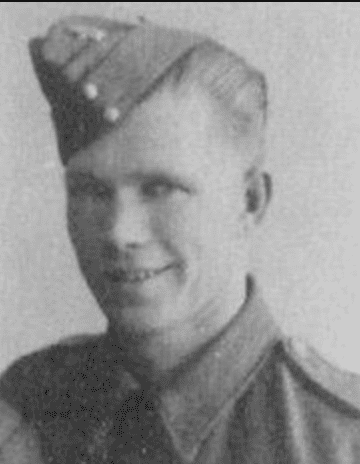
Walter Murray Marshall
Rank:Corporal. Service Number: F/41573
Date of Birth: May 1, 1913
Freeport, Digby Neck, Digby Co., NS
Enlistment: September 21, 1939: Bridgewater, NS
Trade: Laborer
Marital Status: Married
Next of Kin: Mary Esther Marshall (wife)
Age at Death: 28
Grave Reference: Plot No. 36, Row F, Grave No. 4 Brookwood
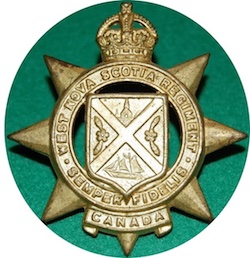
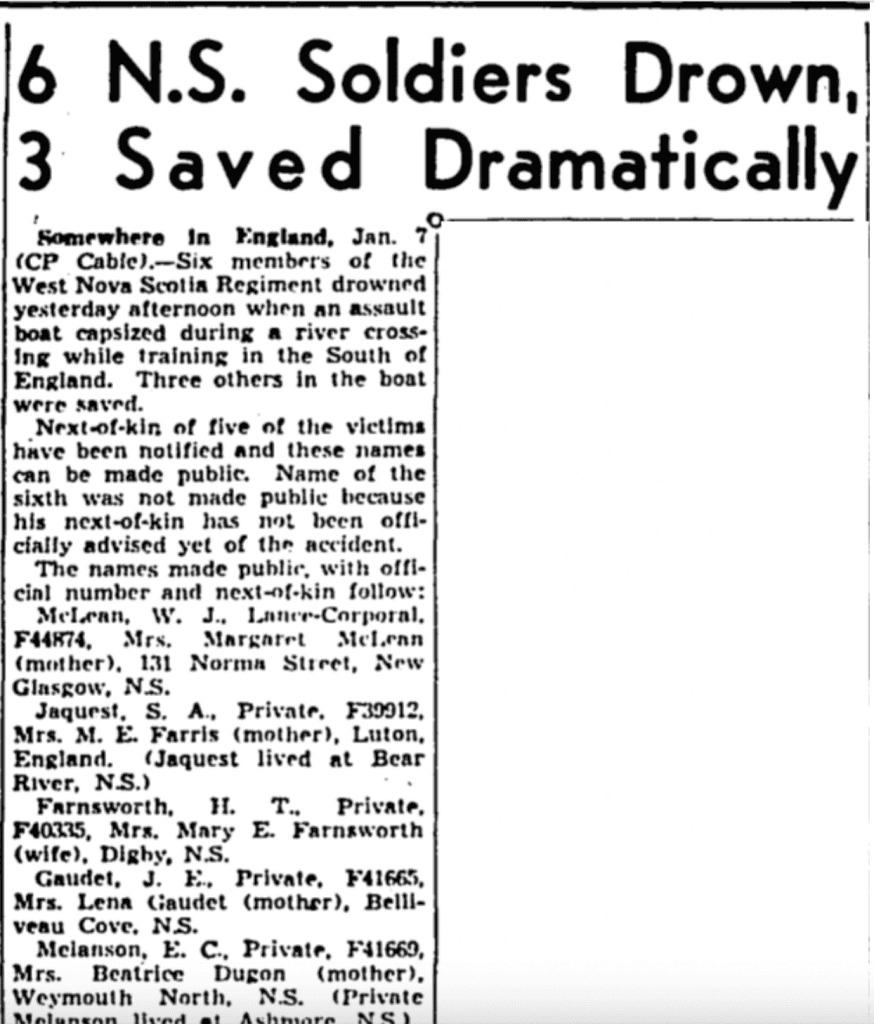
Postscript:-
When the boat was recovered, a tear in the canvas, below the waterline was discovered about three fifths back towards the stern on the left side. As the thunder flash exploded near the front left bow, it was determined the tear was a result of a boot or rifle butt.
The court of inquiry as well as the coroner placed no blame on those in the boat or on the shore. New safety measures were recommended so perhaps the loss of these seven men inadvertently saved countless others due to new procedures being put in place.
Two soldiers were decorated for their actions that day. Privates Oren Foster (recce boat) & Frank Smith (dove in from west bank) received the BEM & their Distinguished Conduct citation reads:
‘ The accidental capsizing of an assault boat in the course of training exercise 6 Jan 42 precipitated all of the occupants into the extremely cold and swift current of a river which, at that point some 120 feet wide The initiative of Pte Foster and his gallant conduct in thus disregarding his own personal safety are worthy of much praise, while Pte Smith, who has been awarded a Testimonial on Vellum by the Royal Humane Society, displayed a high degree of initiative, courage and fortitude in the rescue which he effected.’
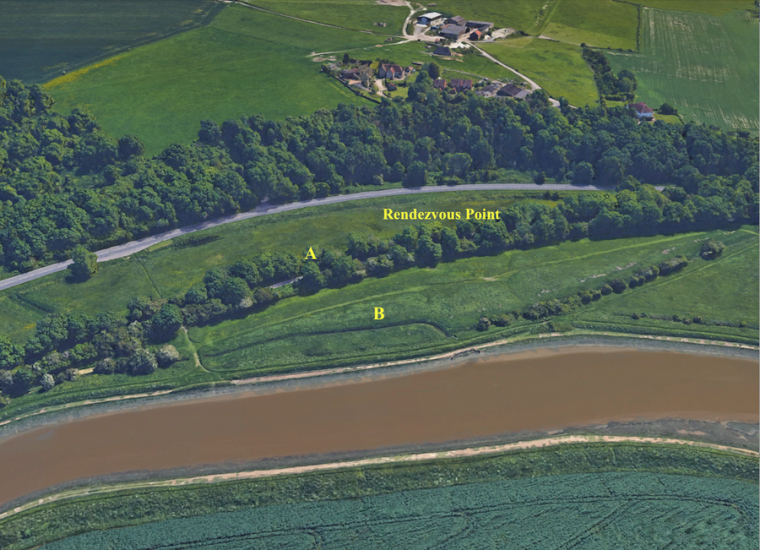
At full tide the river is perhaps between 8ft to 10 ft deep and from river bottom to top of the bank 12ft. At high tide it appears possible to disembark from a boat but if someone was in the water or the tide is lower it is very difficult to secure purchase on the bank to get out of the water. The banks are muddy and steep, inclined at 60 degrees immediately under the surface.
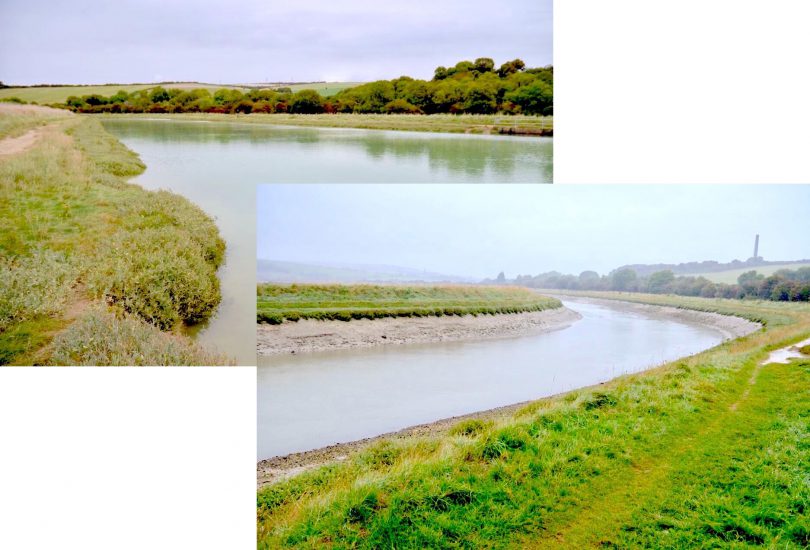
At the Court of Enquiry that followed the survivors reported that the water was so cold and fast flowing ‘…. it made me numb and practically paralyzed me…..’’…..my body became stiffened by the cold……’ ‘…… a very strong undertow made swimming difficult…..’ On top of all this the men were in battle dress order – respirator slung, bayonet attached to haversack, gas capes, greatcoat, 50 rounds of small arms ammunition, loaded Bren gun magazine and rifle – all of which severely reduced their chances of staying afloat.
The Police Report revealed that dragging operations for retrieval of the six missing soldiers involved the assistance of Reg Suter, Shoreham’s well known boat and yacht builder. The bodies were found within a 100 yards from where the boat capsized. All were in battle order carrying equipment – even in death three were still carrying their rifles…….
The West Novas were part of the 3rd Canadian Infantry Brigade, 1st Canadian Division who later shipped out in July 1943 to fight in Sicily, Italy and ending the war in northwest Europe.
(1) 1940 OS War Map PM373 1 inch sheet 133 for Chichester and Worthing
Compiled and edited from posts on the Shorehambysea.com history forum
© Roger Bateman, Shoreham, November 2018
Acknowledgements:-
David Gilhen of the West Nova Scotia Regiment Regimental Association, Paul Osborne, John Lyne, Gerry White, Roger Bateman
West Novas – a history of the West Nova Scotia Regiment by Thomas H. Raddall
West Nova Scotia Regiment War Diary
Millenium Milestone, Celebrations of the 20thCentury – Millenium Milestone Project
Shoreham’s War – Roger Bateman


